
Imagine you’ve got a family wedding coming up. Or maybe you’re facing a cash crunch after a medical emergency. You glance at your mom’s gold bangles or your own stash of coins and suddenly a thought strikes: how much gold loan can I actually get in India? The answer isn’t one-size-fits-all, and banks aren’t handing out cash just because you waved a gold chain. Let’s get into what really decides the amount you can borrow against your gold—and why some people walk out with lakhs, while others leave with a fraction of what they expected.
Understanding Gold Loans: The Basics
Gold loans work a bit differently than typical personal loans. In India, borrowing against gold is almost a cultural norm. It’s quick, the paperwork is lighter, and in emergencies, it beats dipping into savings or begging relatives. But here’s what’s interesting: you’re not selling your gold—you’re just pledging it. The bank or NBFC (Non-Banking Financial Company) holds your jewellery, bars, or coins as security. Once you pay everything back, the gold comes home. If you can’t, they have the legal right to auction it off to recover their money. Sounds simple, but there’s more under the surface.
Gold loans don’t care about your credit score as much as personal loans. Banks are less worried about your past because they have your gold as collateral. This makes gold loans accessible—even for folks with patchy credit backgrounds. The process is fast; many banks can approve and disburse the money within a day if your documents check out. There’s a minimum age (usually 18 years), but otherwise, the major requirement is that you’re the true owner of the gold.
There’s a catch, though: the loan amount doesn’t match the gold’s market value rupee-for-rupee. Lenders use something called the Loan-to-Value ratio, or LTV. This number—controlled by the Reserve Bank of India (RBI)—sets the maximum percentage of gold’s value you can borrow. As of July 2025, this LTV ratio is maxed at 75%. This means for gold worth ₹1 lakh, the most you’ll get is ₹75,000, no matter how many sob stories or expensive bills are in your pocket. Keep in mind, though, that jewellers and small finance companies sometimes “bend” rules or charge more hidden fees, but the big players stick to RBI’s limits.
Banks usually prefer 22-carat jewellery, but some accept 18-carat items at slightly lower LTV ratios. Gold coins have their own limits. RBI guidelines say you can only get a loan against gold coins issued by banks, and only up to 50 grams per person.
How Lenders Calculate Your Gold Loan Amount
The real math kicks in once you know about purity and the LTV ratio. First, lenders check the purity—higher carat scores mean more loan. They exclude any stones, gems, or fancy parts from the calculation. It’s just the gold’s net weight. Next, they check the day’s market rate. Most banks use a blended gold price, averaging the past 30 days’ rates published by the Indian Bullion & Jewellers Association (IBJA). This way, you don’t lose out if gold dipped for a few days or get lucky if it spiked temporarily.
Let’s break it down with an example. Suppose you have 100 grams of 22-carat jewellery. On July 17, 2025, the average market price is ₹6,000 per gram. Banks only count the gold content: 22-carat is 91.6% pure, so your 100 grams equal 91.6 grams of pure gold. Multiply that by ₹6,000 to get a market value of ₹5,49,600. Now, the maximum you’ll get, assuming a 75% LTV, is ₹4,12,200.
| Gold Quantity | Purity | Effective Pure Weight | Market Value | Max Loan (75% LTV) |
|---|---|---|---|---|
| 100g | 22k (91.6%) | 91.6g | ₹5,49,600 | ₹4,12,200 |
Notice how stones, enamel, and other metal pieces attached to jewellery don’t factor into the calculation. If your bangle is chunky with diamonds, banks will weigh it minus the stones. Some folks get a shock when lenders declare their designer set is “lighter” in loan value than their old plain gold bracelet—that’s because the lender removes all non-gold weight before calculation.
If you’re bringing gold coins, remember that RBI-backed banks usually accept only those issued by banks themselves, capped at 50 grams per borrower. Informal lenders sometimes ignore this, but you may end up paying higher interest rates.

What Influences the Final Gold Loan Amount?
Not all gold is equally valuable in a lender’s eyes. Type, purity, market rate, and even geographical location make a difference. Urban banks tend to give slightly more than rural branches, simply due to competition and more accurate weighing scales. Some lenders also offer “bonus” offers during festival seasons like Diwali and Akshaya Tritiya—think top-ups or a temporarily higher LTV, though always within RBI limits.
Surprisingly, the lender’s appetite for risk matters too. Big banks like SBI or HDFC stick pretty solidly to 75% LTV, with fixed processing fees. Private NBFCs (like Muthoot or Manappuram) may nudge things a little with flexible policies, especially if you’re a repeat customer. Also, the value changes with global gold rates, so in a month when gold prices soar, expect slightly higher maximum loan eligibility for the same weight and purity.
Lenders often require a basic set of documents: proof of identity (Aadhaar, PAN, voter card), proof of address, and sometimes an income proof—though most skip the last. If your gold’s purity is in doubt, they’ll test it on the spot, usually with acid, electronic, or XRF analysis gadgets. It might feel intense, especially if you’re attached to that old chain, but banks rarely damage the jewelry.
There is also a psychological play here—if you’re negotiating with a private lender, knowing the correct market rate and gold purity gives you an advantage. They might bump the LTV within the allowed range if they know you’re well-informed. Never take the first offer without asking to see their rate calculation!
Interest Rates, Repayment, and Extra Costs
Interest rates are where most people trip up. Gold loans advertise “as low as 7%,” but the average rate at big banks is between 8% and 12% in 2025. Private lenders and small gold loan shops can go much higher—sometimes up to 24% if your repayment profile looks risky. It’s not just the interest: you’ll also be paying a processing fee (normally 0.5% to 2% of the loan), a valuation fee, and sometimes extra for storage and insurance of your gold while it’s with the lender. Read agreements carefully—a few lenders slip in early repayment penalties or renewal charges at the end of a short 6 or 12-month loan term.
Banks and NBFCs both offer flexible repayment options. You can pay just the interest every month and settle the principal at the end, or go for EMIs like a regular loan. Some people prefer bullet repayment—paying everything in one shot at the end period. On missed deadlines, most lenders give you a short grace, but if you keep defaulting, your gold could be auctioned off. Official numbers suggest that in 2024, over ₹5,000 crore worth of gold was auctioned in India due to defaulted loans. That’s not a small risk, especially for sentimental family jewellery.
It’s worth comparing rates before you pledge your gold. Nationalised banks typically offer safer paperwork and lower interest, though the process might be a bit slower or less negotiable. NBFCs process things faster and are often more lenient with documentation, but you pay for that ease in higher rates. Don’t forget to ask about hidden charges, insurance on your gold, and what happens if you want an early closure.
For larger loan amounts—say above ₹5 lakh—banks might ask for extra checks or even an income slip, just to make sure everything’s above board and within anti-money-laundering rules. Loans above ₹20 lakh against gold are rare for individuals but possible for business purposes, especially with 24-carat coins or bars.
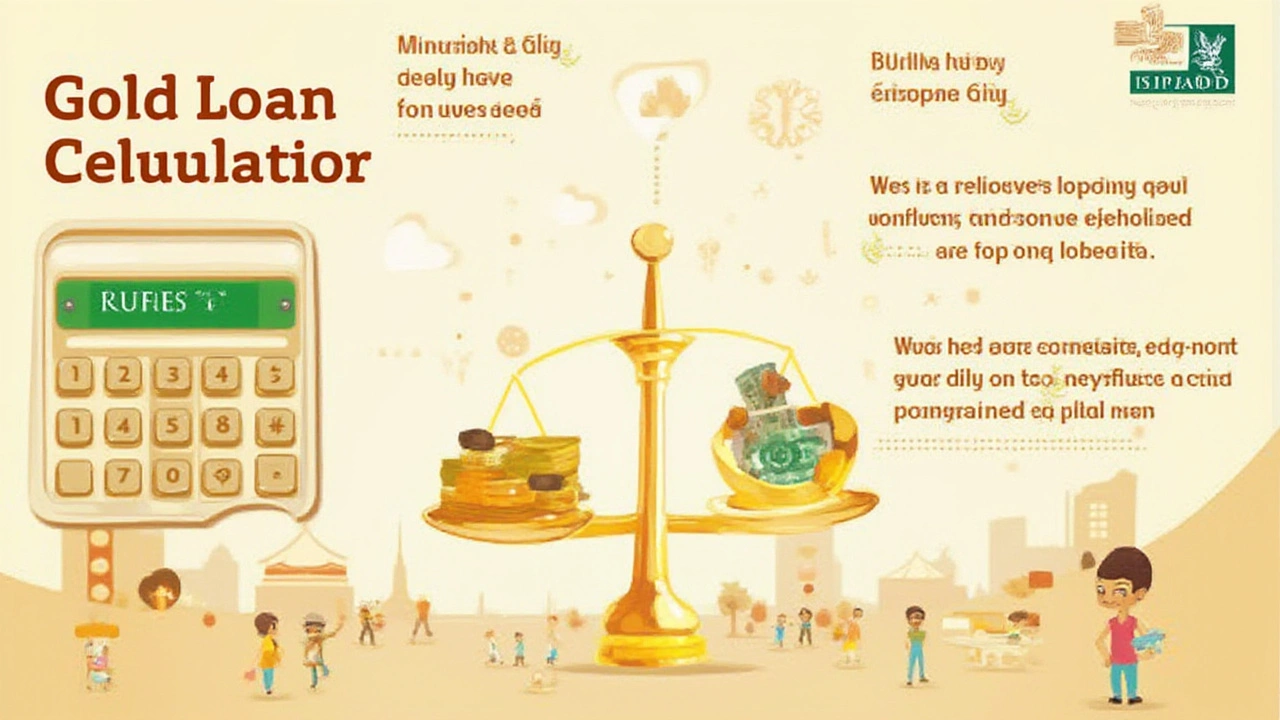
Tips and Facts to Maximise Your Gold Loan Value
Here’s a little-known fact: banks revise the market gold price daily, but many NBFCs use their own internal rates, sometimes lagging behind the market. If gold prices are expected to go up in the week, waiting can get you a better deal.
Always clean your gold before visiting the branch—the purer it looks, the easier their machines will assess high purity. Don’t bring jewellery studded with too many stones or pearls; they reduce your loanable value because only the metal counts.
If you’re looking for maximum funds, ask your lender about top-up gold loans. Let’s say you pledge more gold later or gold prices rise after your first loan—they can sometimes offer a quick extra loan against the same batch.
- Shop around: Even among major lenders, differences of 1-2% in interest rates add up for larger loans.
- Negotiate processing fees, especially if your documentation is in order or you’re a repeat customer.
- Keep track of market gold rates. December and April tend to see swings due to international demand and festivals.
- Ensure full documentation: Aadhaar, PAN, and proof of ownership make things smoother.
- Ask about grace periods and auction timelines, especially if you’re worried about missing a payment.
No lender will lend on imitation gold or items with purity below 18-carat. Be prepared for lower loans on anything below 22-carat, and remember: even with 24-carat coins, RBI rules apply.
If you’re new to gold loans, watch for small differences: NBFCs let you pledge small quantities (as little as 10 grams), while some public banks want a higher minimum, sometimes up to 20 grams. Always get a loan statement and storage receipt—it’s your record that your valuable gold is safe with the lender and helps if you ever need to claim for loss or dispute something down the road.
And here’s a quick tip: the gold loan market in India is huge. In 2024, borrowers racked up over ₹2.2 lakh crore in gold loans countrywide. So you’re not alone, and a little research goes a long way.

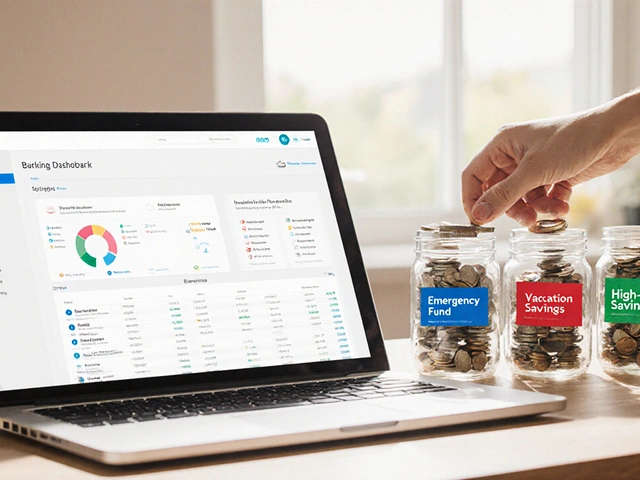
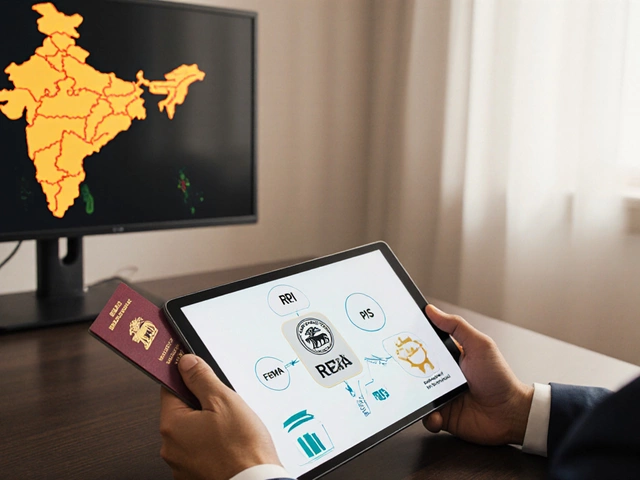
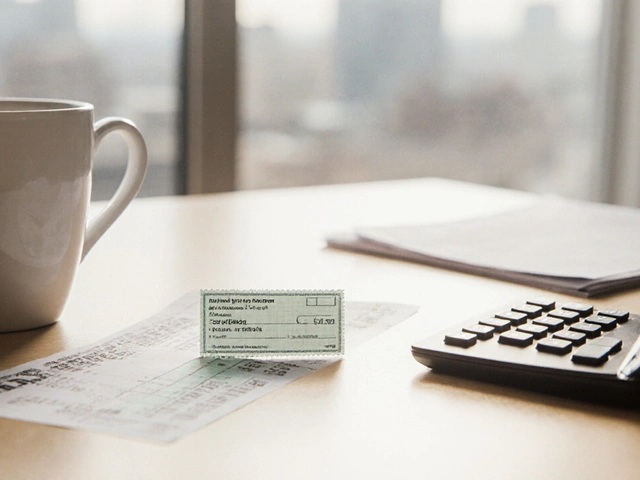
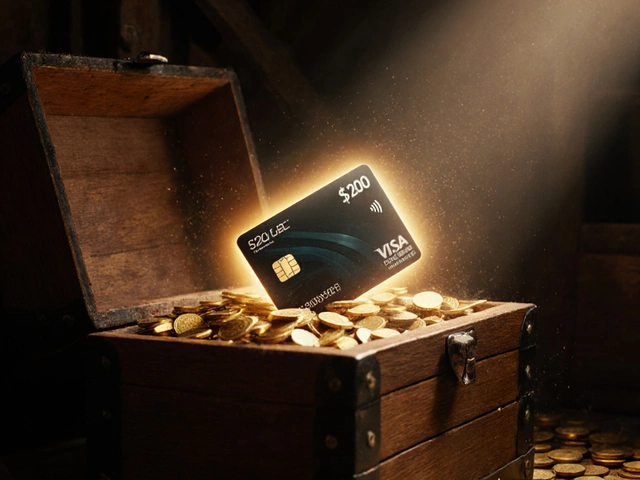


Write a comment